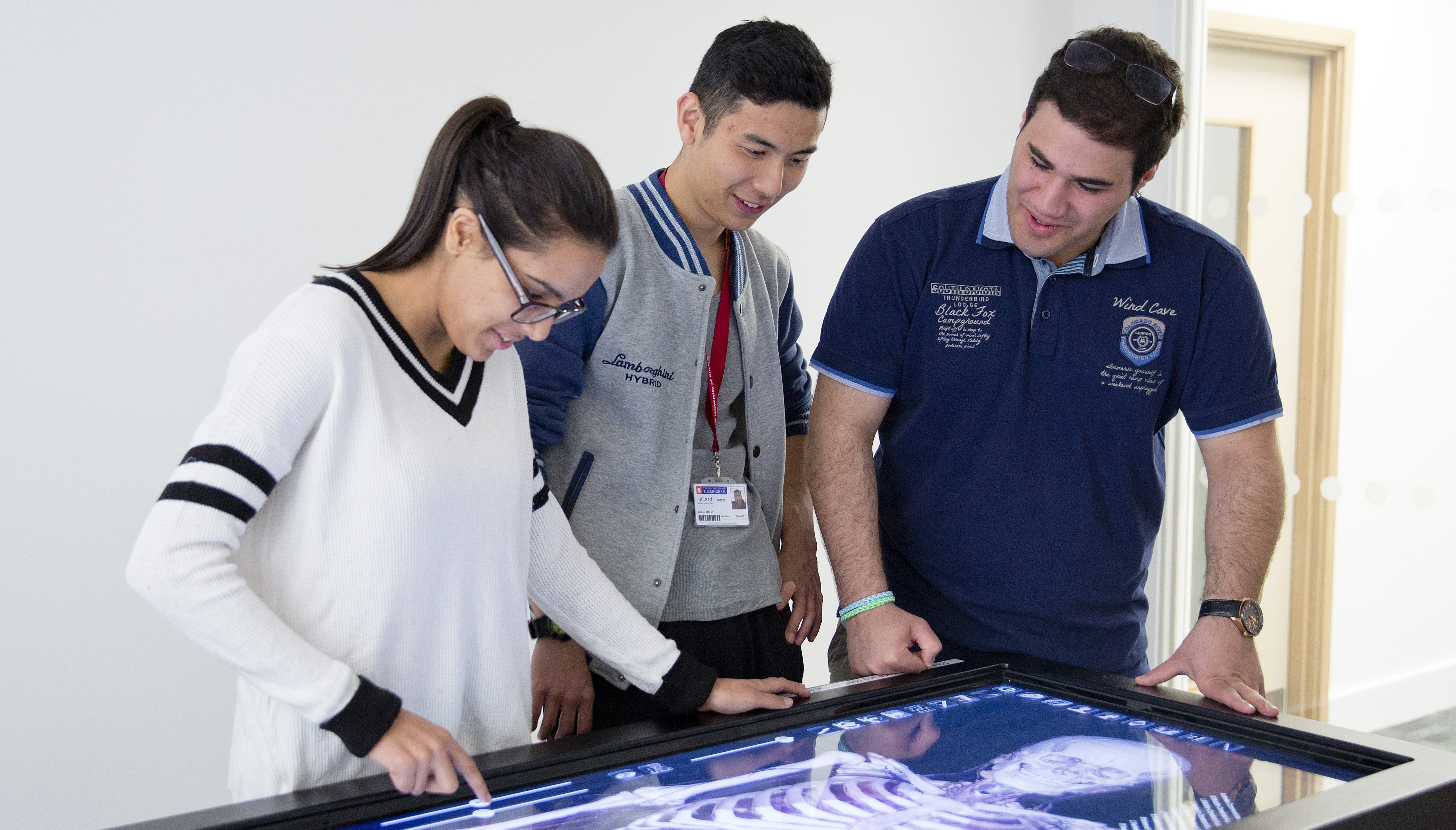Section outline
-

The fundamental philosophy of the medical course at Buckingham is to help you along your journey towards the outcomes defined by the GMC through a process of 'guided learning'. All we can do however is to help you - the journey is yours to make, and you must take personal responsibility for the achievement of the course outcomes. We will provide opportunities and support, but you must engage with the course and develop as an individual, as we are all different.
Your journey will be different to that of other students according to your own strengths, weaknesses, likes and dislikes, but you must reach the same destination - being fit and equipped to practise as a new doctor and to develop in your medical career. This means that you must engage actively with learning. We cannot 'spoon-feed' you. Medicine is far too complicated to learn by rote, and understanding is the key. Only you can discover understanding, and the course is designed to be a means for you to do just that, as outlined in the detailed description of the MB ChB.
-

The University of Buckingham Library is located on two sites, Hunter Street Library and Franciscan Library at Verney Park. The medical resources are situated at Franciscan Library
For any queries or questions relating to the library services and resources please contact Rachel Pollard (rachel.pollard@buckingham.ac.uk) browse the Library catalogue
-
Key texts for Medicine at the University of Buckingham

(Library Catalogue for Medicine Reading Lists)
- Kumar, P. and Clarke, M. (eds.) (2016) Kumar and Clarke’s Clinical Medicine. 9th edn. Edinburgh: Elsevier. e-book available via RSM, Full Text Finder
- Drake, R.L., Vogl, A.W., Mitchell, A.W.M. (2015) Gray's Anatomy for Students. 3rd edn. Edinburgh: Churchill Livingstone. e-book available via RSM, Full Text Finder
- Ferrier, D.R. (2017) Biochemistry. 7th edn; Philadelphia: Lippincott Williams & Wilkins
- Read, A. and Donnai, D. (2015) New Clinical Genetics. 3rd edn. Banbury: Scion.
- Cross, S. (ed.) (2013) Underwood's Pathology: A Clinical Approach. 6th edn. Edinburgh: Churchill Livingstone. e-book available via RSM, Full Text Finder
- Preston, R.R. and Wilson, T.E. (2013) Physiology. International edn. Philadelphia: Lippincott Williams & Wilkins.
- Aschengrau, A. and Seage, G.R. (2014) Essentials of Epidemiology in Public Health. 3rd edn. Burlington: Jones & Bartlett Learning.
- Douglas, G. et al. (2013) Macleod's Clinical Examination. 13th edn. Edinburgh: Elsevier. e-book available via RSM, Full Text Finder
- Whalen, K. et al. (eds.) (2015) Pharmacology. 6th edn. Philadelphia: Wolters Kluwer.
- Gartner, L.P. (2017) Color Atlas and Text of Histology. 7th edn. Philadelphia: Wolters Kluwer.
- Sadler,
T.W. (2015) Langman's Medical Embryology. 13th edn.
Philadelphia: Lippincott Williams & Wilkins
Further library resources
General
Clinical Search Engines
National Guidelines
NICE (National Institute for Health and Care Excellence)
SIGN (Scottish Intercollegiate Guidelines Network)
US National Guidelines Clearing House
US Agency for Healthcare Research and Quality
WHO (World Health Organisation) programmes and projects
Review Databases
DARE (Database of Abstracts of Reviews of Effectiveness)
Campbell Collaboration Library of Systematic Reviews
Trial Registries